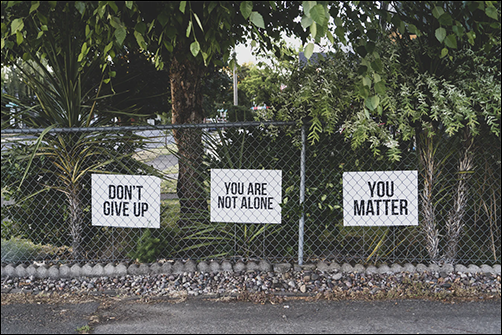Social Anxiety – What Is It, And How Can Therapy Help?
Listen to my social anxiety podcast
First off, I was recently a guest of the ‘Ask the Therapist’ podcast, so if you want to hear me chatting away about all things social anxiety then get yourself over to iTunes and download the episode now.
I had a lovely time recording this with host Sarah Rees, who is a fellow CBT therapist with 20 years working in mental health. We chatted about what social anxiety looks like, how it can affect us, and how therapy could help.
Where does social anxiety come from?
Social anxiety is in many ways a feeling most of us can relate to; we worry what others think about us and about being judged which leads to feelings of anxiety. We all have a desire to fit in, to be part of the group, and being rejected (or thinking we will be) feels extremely threatening to us. If we think of this in terms of human evolution we have to first consider that we are mammals, and like all mammals we live in groups.
This has big advantages; think about an animal like a lion. They hunt in groups because they will be more successful, can bring down bigger prey, and can protect the younger or weaker members of the pride. This is why belonging becomes vital – if we’re kicked out of lion club, we are much less likely to survive.
Our world has become much more complicated and we now likely belong to multiple groups outside of our direct families. More groups means more chances of being rejected. And while our brains have also become more complicated, we haven’t lost that need to belong, even if we won’t die as a result of leaving a particular group.
It is important to be kind to ourselves when we feel that need to belong, or that anxiety about fitting in. It isn’t wrong to want that; we all want it, and if anything it shows that your brain is doing its best to keep you safe.
What does social anxiety look like?
This can be tricky as it can look different for different people, and can affect someone’s whole life or just part of it. Fear of public speaking is a form of social anxiety, but it may only happen at work or school when giving a presentation. For others it might happen almost anytime they have to speak in public e.g. ordering a drink in a cafe.
People who experience social anxiety report physical symptoms of anxiety such as feeling hot, sweating, their heart pounding, feeling sick, and often fear (on top of the original anxiety) that other people will notice these symptoms and judge them. They often say it feels like there is a spotlight on them and everyone can see them and is staring. Common thoughts might include:
- I’m going to stutter/say something wrong and people will laugh
- they are going to see me shaking and think I’m weird
- I’m going to make an idiot of myself
When this happens, we want to do our best to not make a fool of ourselves, so we turn inward and become highly self-conscious. We start to monitor what we are saying, how we are standing or moving, what our bodies are doing (e.g. how much we are sweating) and we stop paying attention to what is happening around us. As a result we stop giving eye contact, we go quiet, avoid, and might even make an excuse to escape the situation.
Once we are safely home that is when the rumination starts: replaying the events, the conversation, what we did or didn’t do and guessing what everyone else must have thought about it. I’ve never had a client tell me this phase made them feel any better. The self criticism and judgements just keep going round making us feel worse.
How can therapy help?
Cognitive behavioural therapy can help but getting us to make links between are thinking, our emotions, and our actions. This means that it can help us break down exactly what is keeping us stuck and allow us to challenge it. From that point we can evaluate how we are thinking about an event, and make changes in how we respond. Therapy provides a non-judgemental space to talk openly about your worries and with compassion turn towards those concerns.
Sessions might include examining thoughts that are keeping you stuck, or you might be setting up an experiment to carry out between the sessions to test your assumptions.
If you would like to learn more, please call to book a 20 minute consultation.





